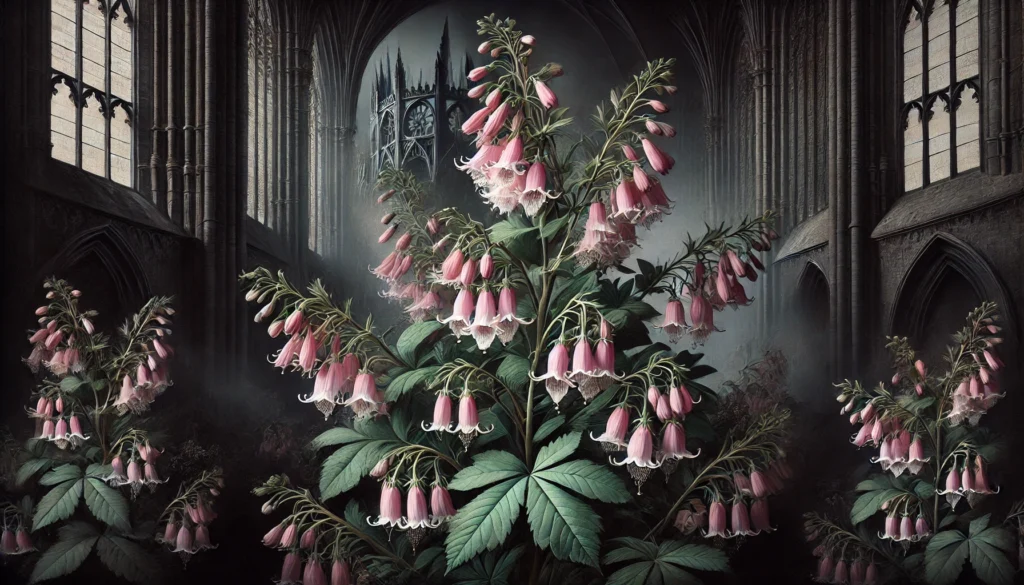

Home » Cat Plants » How Dangerous is the Staggerbush Plant for Cats?

Staggerbush (Lyonia sp.), also known as fetterbush or maleberry, is a toxic plant to cats. While not technically an allergy, ingestion of just a few leaves of this evergreen shrub can cause serious poisoning in felines.
Staggerbush contains grayanotoxins, which are responsible for its toxicity. This plant is commonly found in the understory of forests and in naturalistic gardens in the eastern United States.
Ingestion may cause mild gastrointestinal upset, but is generally not life-threatening.
Ingestion can result in mild symptoms like vomiting, diarrhea, or drooling. Rarely fatal but may require veterinary care.
Eating these plants can lead to more pronounced symptoms like abdominal pain, lethargy, or difficulty breathing. Veterinary intervention may be necessary.
Ingesting even small amounts can cause severe symptoms like organ damage, seizures, or cardiac failure without rapid treatment.
All parts of these plants are extremely poisonous to cats and can quickly lead to death, even with immediate veterinary care.
** Please note: Please note that toxicity level can vary based on the amount ingested and the specific cat. It's always best to keep these plants completely inaccessible to cats and seek immediate veterinary care or call the poison hotline if you suspect your cat has ingested any part of a toxic plant.
If a cat ingests any part of the staggerbush plant, they may develop symptoms related to grayanotoxin poisoning. Common signs include:
If you suspect your cat has ingested staggerbush, seek veterinary care immediately. Your vet will likely perform the following diagnostic steps:
Based on the findings, your vet may diagnose staggerbush toxicosis and recommend appropriate supportive care such as fluid therapy, medications to control vomiting and diarrhea, and monitoring of cardiovascular function.

A: Yes, Staggerbush is toxic to cats. Ingesting this plant can cause symptoms such as vomiting, diarrhea, and even more severe effects like cardiovascular collapse.
A: If a cat eats Staggerbush, it may exhibit symptoms like vomiting, drooling, and lethargy. Immediate veterinary care is crucial to prevent serious complications.
A: Yes, all parts of the Staggerbush plant are toxic to cats, especially the leaves. These parts contain toxic compounds that can lead to poisoning if ingested.
A: Even small amounts of Staggerbush can be harmful to cats. Ingesting any part of the plant can result in toxic reactions, so it’s important to keep it out of reach.
A: Staggerbush poisoning in cats can be fatal if not treated promptly, particularly if large amounts are ingested. Quick veterinary intervention is essential to prevent life-threatening effects.
A: If your cat ingests Staggerbush, contact your veterinarian immediately. Early treatment can help reduce the toxic effects and protect your cat’s health.
Staggerbush is an attractive, rhizomatous shrub native to the eastern United States. It typically grows 2-6 feet tall and produces leathery green leaves that can develop red fall color. In mid to late spring, staggerbush bears delicate white to pink tubular flowers that hang in graceful clusters.
This plant performs best in moist to wet, acidic soils in filtered shade to full sun. While appealing in naturalistic landscapes, care must be taken to prevent access by cats and other animals due to its toxic properties.
Please note: The information shared in this post is for informational purposes only and should not be considered as veterinary medical advice.
🐾 A hilarious or heart-melting cat video
🐾 Our latest paws-on review of a cool cat toy